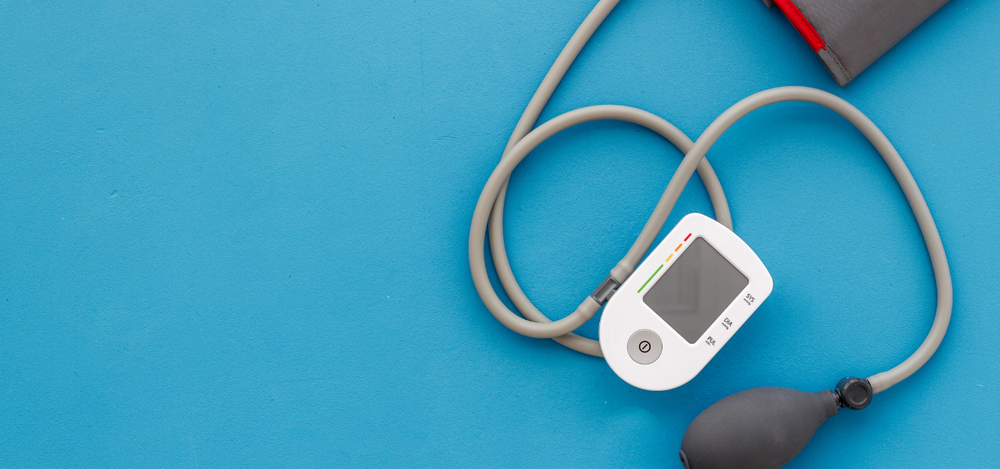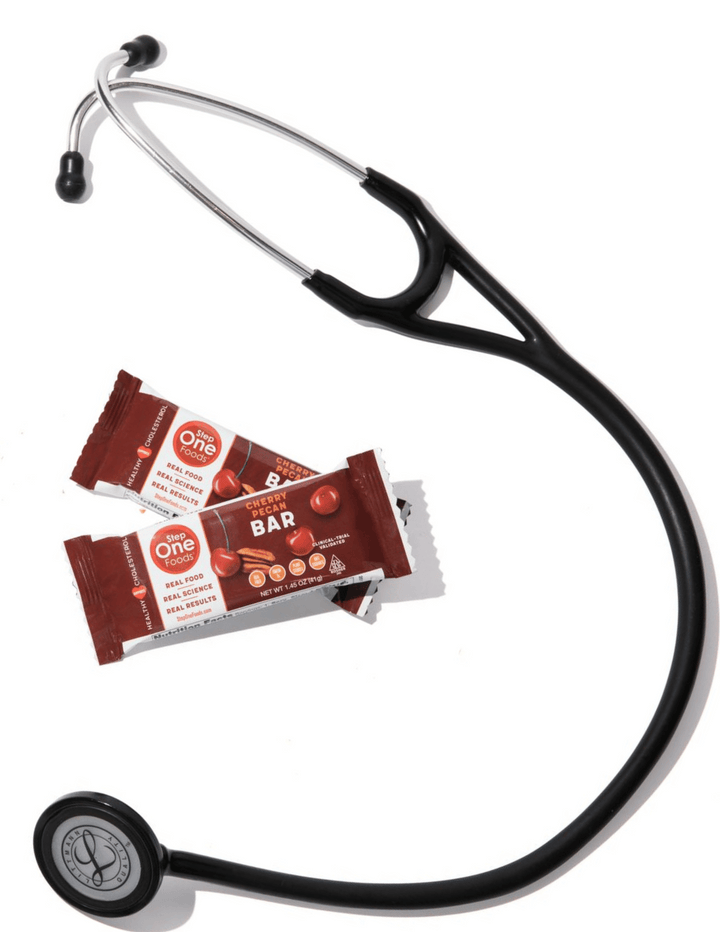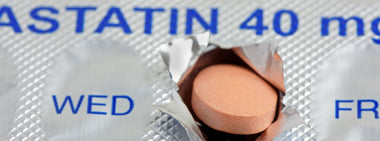New Insights Into Blood Pressure Control: What You Should Know

Not too long ago, a large study on blood pressure control in middle-aged and older adults was halted early due to groundbreaking findings. The results were so compelling that they indicated aggressive blood pressure treatments significantly reduced the risk of death and stroke. The key takeaway? Achieving systolic blood pressure levels (the top number) below 120 leads to better outcomes.Individuals in the trial who maintained systolic readings under 120 saw a 30% reduction in rates of death and stroke compared to those with higher blood pressure levels.
What Does This Mean for You?
Given that data, you might wonder whether you need to take more medications to lower your blood pressure. The truth is, it’s still too early to draw firm conclusions. These findings go against previous studies, which suggested that aggressive blood pressure-lowering treatments did not lead to better outcomes, especially in older individuals. In those studies, the risk of medication side effects outweighed the benefits of lower blood pressure.In the recent trial, participants who reached systolic readings below 120 required an average of three medications to achieve those levels.
What Should You Do in the Meantime?
The most impactful thing you can do is become a more active participant in the management of your blood pressure readings. Here are some steps you can take right now:
Monitor Your Blood Pressure at Home: Get a reliable home blood pressure monitor and check your readings regularly. Aim to record your BP a couple of times a day, first thing in the morning and last thing at night is probably the most standard schedule. But don’t stress if you miss a day or take more readings occasionally. Blood pressure varies during the day so one reading (including one reading in a doctor’s office) is not necessarily reflective of your BP control. What we’re really interested in is what your average BP is. Tracking your numbers at home helps you understand your blood pressure levels in your normal environment, outside the doctor’s office. And remember - occasional higher readings can be normal. What we’re really interested in knowing is if the majority are.
Share Your Readings With Your Doctor: Bring your home blood pressure readings to your next appointment, and have your monitor checked for accuracy against the office readings by bringing your monitor in with you to the first appointment after you have obtained your machine. Home measurements can provide a clearer picture of your daily blood pressure and are useful for treatment adjustments. But we also want to make sure your monitor is reflective of professionally assessed BP readings. After all, if we’re going to use your home BP to make decisions about medications and/or medication adjustments, we need to make sure the data is valid.
Watch for High Numbers: If your systolic readings are consistently over 150—especially over 160—schedule an appointment with your doctor. Regardless of new research, elevated readings may indicate the need for a medication adjustment.
Help yourself: There are many lifestyle factors that affect BP readings. Addressing these can be as (if not more) powerful as drugs in helping to lower your numbers.
The Latest Blood Pressure Guidelines
The American Heart Association defines normal blood pressure as below 120/80 mm Hg. Elevated blood pressure ranges from 120 to 129 mm Hg systolic and less than 80 mm Hg diastolic. Stage 1 hypertension) is defined as 130-139/80-89 mm Hg and Stage 2 hypertension includes readings at 140/90 or higher. Patients with stage 2 hypertension are routinely placed on medications to reduce their readings. Those with Stage 1 may also require medications if other risk factors or health conditions are present. Blood pressures 180/120 mmHg and above require urgent medical attention. .
As new research continues to shape the guidelines for managing blood pressure, it’s essential to stay informed and proactive in your care. While aggressive treatments show promise, self-care and long-term monitoring remain key to your health.

Tested & Proven Results.
- Cardiologist formulated
- Supported by over 500 publications
- Clinically-proven, in a double-blind randomized trial with Mayo Clinic and The University of Manitoba
80% of participants lowered their cholesterol in just 30 days. With just two servings per day, Step One Foods offers a proven-effective way to naturally lower LDL (bad) cholesterol.
Get heart health tips and articles like this, delivered right to your email.
New articles every week.
You may also like...

Insulin Resistance, Prediabetes and Type 2 Diabetes. Part 4: Un-Doing It.

You don’t need to avoid foods with cholesterol…except for these



